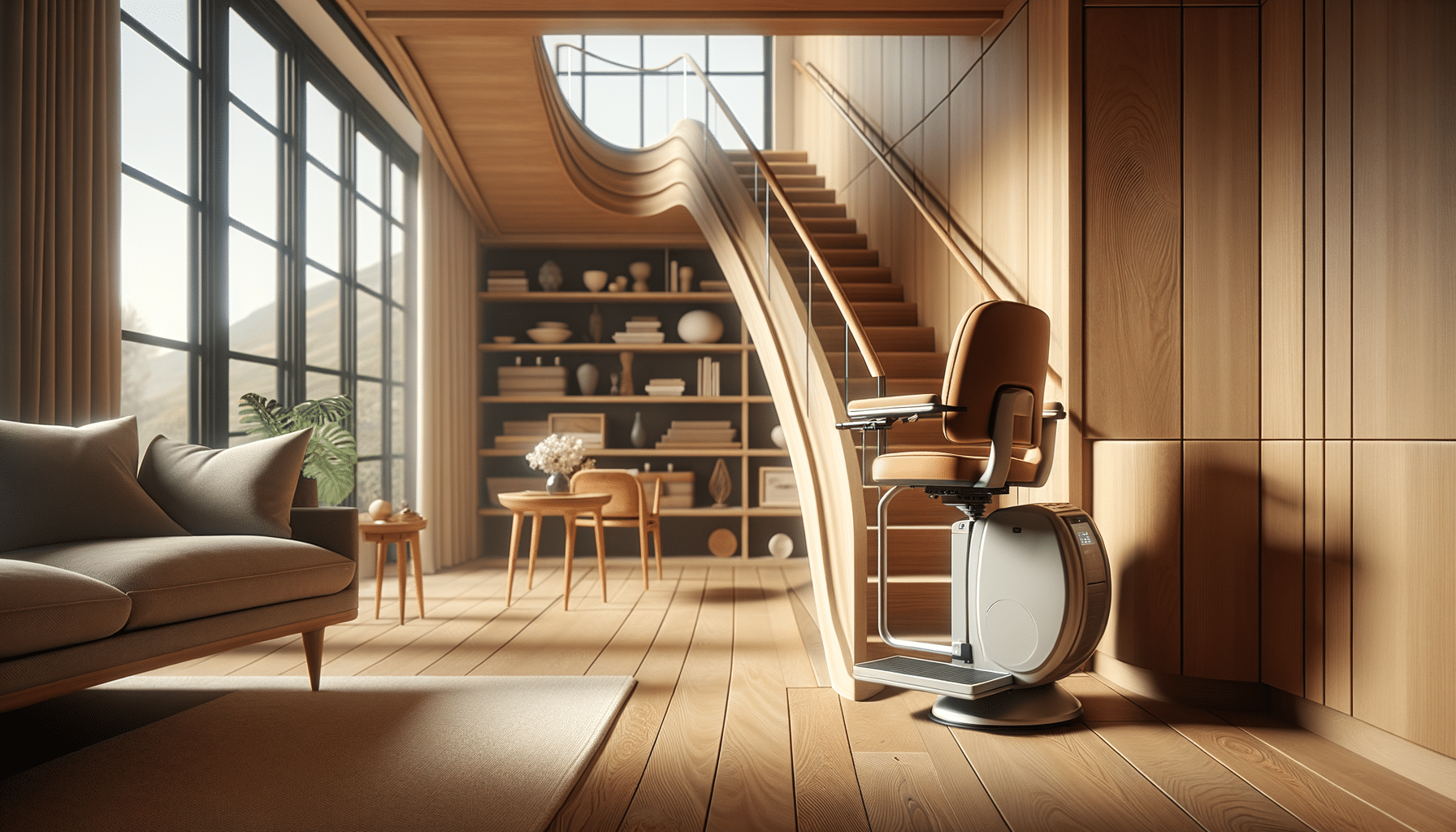
Why More Seniors Are Updating Their Showers for Safety
The Importance of Safety in Bathroom Design
Bathrooms are essential spaces in our homes, but they can also be fraught with hidden dangers, especially for seniors. As people age, mobility can become a challenge, making everyday routines more difficult and sometimes hazardous. This is why integrating safety-focused features into bathroom design has become increasingly important. Not only do these upgrades help in reducing risks, but they also enhance the overall comfort and usability of the space.
One of the primary concerns in bathroom safety is the risk of slips and falls. Bathrooms, with their hard, often wet surfaces, are particularly prone to such accidents. Safety-focused features like non-slip flooring and strategically placed grab bars can significantly mitigate these risks. Additionally, these features are not just about safety; they are about empowering individuals to maintain their independence and dignity by making personal care routines accessible and less daunting.
Moreover, safety upgrades are not limited to physical aids. Technological advancements have introduced innovative solutions like temperature-regulating faucets and motion-sensor lighting, which further enhance safety by preventing scalding and ensuring well-lit pathways. These features collectively contribute to a safer, more comfortable environment, catering to the specific needs of seniors while preserving the aesthetic appeal of the space.
Barrier-Free Shower Entries: Enhancing Accessibility
One of the most impactful safety upgrades in modern bathrooms is the installation of barrier-free shower entries. These are designed to eliminate the traditional step or ledge that can be a significant obstacle for those with limited mobility. A barrier-free shower allows for easy access, whether walking in or using a mobility aid, significantly reducing the risk of tripping and falling.
Barrier-free showers are not only practical but can be stylishly integrated into any bathroom design. They offer a seamless transition from the bathroom floor to the shower area, creating a spacious and open feel. This design is particularly beneficial in small bathrooms, where maximizing space is crucial. By removing the barrier, users can enjoy a more fluid movement, enhancing the overall bathing experience.
Furthermore, these showers can be equipped with additional safety features such as built-in seating and handheld showerheads. Built-in seating provides a stable place to sit while showering, which is especially useful for those who tire easily or have balance issues. Handheld showerheads offer flexibility, allowing users to direct water flow where needed while remaining seated, further enhancing both safety and comfort.
Grab Bars and Support Rails: Essential Safety Features
Grab bars and support rails are indispensable components of a safety-focused bathroom. These features provide crucial support and stability, especially in wet and slippery environments. Strategically placed, they can offer assistance in various parts of the bathroom, including near the shower, toilet, and bathtub.
Installing grab bars involves more than just placing them randomly; it requires thoughtful consideration of the user’s needs and bathroom layout. For instance, vertical grab bars near the entrance of the shower and horizontal bars along the walls can provide support during entry and exit. Near the toilet, a well-placed grab bar can assist in sitting down and standing up, reducing strain and preventing falls.
The materials used for grab bars and support rails are also important. Stainless steel and other rust-resistant materials ensure durability and a firm grip even in wet conditions. Some modern designs incorporate stylish finishes that blend seamlessly with bathroom decor, proving that safety features need not compromise aesthetics.
Temperature-Controlled Fixtures: Preventing Scalds
Temperature-controlled fixtures are an innovative addition to the realm of bathroom safety features. These fixtures are designed to prevent scalding, a common risk in showers and sinks, especially for seniors with sensitive skin or slower reaction times. By regulating water temperature, these devices ensure that the water remains within a safe range, providing peace of mind to users.
These fixtures often come with pre-set temperature limits, which can be adjusted according to personal preference. This feature is particularly useful in households with multiple users, allowing customization for individual comfort. Additionally, some models include digital displays that show the current water temperature, offering a visual cue for added safety.
Beyond safety, temperature-controlled fixtures contribute to energy efficiency by reducing the likelihood of unnecessarily high water heating. This not only helps in conserving energy but also in lowering utility bills, making these upgrades a smart investment for any homeowner looking to enhance both safety and sustainability in their bathroom.
Conclusion: Creating a Safer, More Comfortable Bathroom
Incorporating safety-focused features into bathroom design is a proactive step towards creating a safer and more comfortable environment, especially for seniors. These upgrades, from barrier-free shower entries to temperature-controlled fixtures, address the unique challenges posed by age-related mobility issues and enhance the overall quality of life.
By investing in these safety features, homeowners can not only prevent accidents but also promote independence and confidence in daily routines. The integration of such features demonstrates a thoughtful approach to design that prioritizes both safety and aesthetics. As the population ages, the demand for these thoughtful upgrades will likely continue to grow, making them a wise choice for any home.
Ultimately, a bathroom that is designed with safety in mind is not just a functional space but a sanctuary of comfort and ease, allowing individuals to enjoy their daily routines without fear or difficulty.


